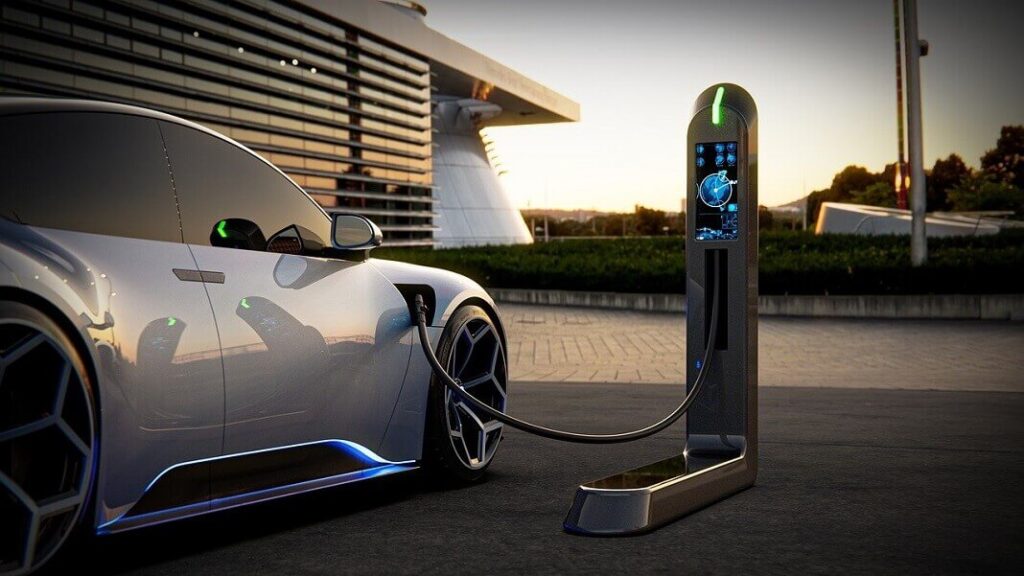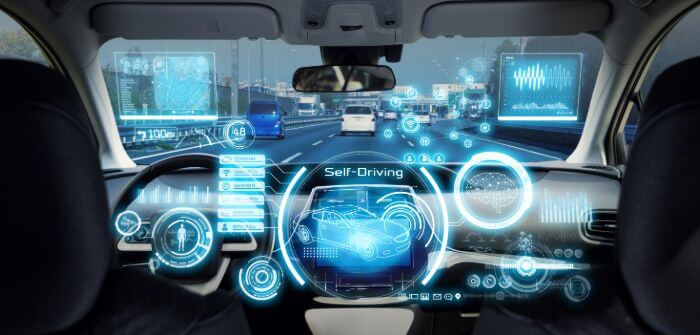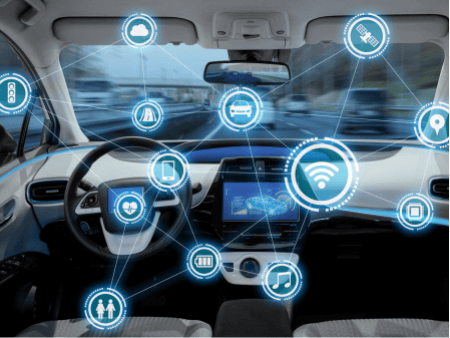Top Automotive Trends Shaping the Future: EVs, Autonomous Tech & Beyond

The automotive industry is undergoing rapid transformation as new technologies redefine how we drive, interact with, and experience vehicles. Electric vehicles (EVs), autonomous driving systems, and smart connectivity features are at the forefront, but that’s just the beginning. Here’s a look at some of the most exciting automotive trends driving the industry forward.
Electric Vehicles (EVs): Leading the Charge Toward Sustainability

With environmental consciousness on the rise, EVs are becoming mainstream. Major automakers, including Tesla, Ford, and Volkswagen, are prioritizing EV production, offering models with impressive ranges, sleek designs, and even affordable price points. Here’s why EVs are reshaping the future of automotive:
Lower Emissions and Environmental Benefits:
EVs produce zero tailpipe emissions, helping reduce air pollution. As governments worldwide set stricter emissions regulations, the push for eco-friendly cars is stronger than ever. Many countries are also offering incentives for EV buyers, making them a viable choice for consumers.
Lower Operating Costs:
EVs are less expensive to maintain compared to traditional internal combustion engine (ICE) vehicles. Without complex engines, transmissions, or exhaust systems, there are fewer parts that can fail. With lower fuel and maintenance costs, EVs offer a sustainable choice for both the environment and your wallet.
Expanded Charging Infrastructure:
Charging infrastructure has significantly improved, with rapid charging stations now widely available. Companies like Tesla, Electrify America, and ChargePoint are expanding networks, making long-distance travel in EVs more accessible than ever.
Autonomous Driving: The Future of Safe and Convenient Travel

Autonomous driving has moved from concept to reality in recent years. While fully self-driving cars are still being perfected, we already benefit from semi-autonomous features in everyday vehicles. Here’s how this technology is reshaping automotive:
Enhanced Safety Features:
Many autonomous features are designed to prevent accidents. Adaptive cruise control, lane-keeping assist, and automatic emergency braking are now common, helping drivers avoid collisions and stay safe on the road. Companies like Tesla, Waymo, and Uber are leading the charge in making self-driving tech more widely accessible.
Increased Accessibility:
Autonomous vehicles have the potential to provide mobility for individuals who may not be able to drive due to age, disability, or other limitations. As this technology matures, it could significantly improve independence and quality of life for many.
Convenience and Reduced Stress:
Imagine commuting while your car handles the traffic or completing tasks on the go with hands-free navigation. With autonomous driving, the driving experience becomes more convenient and stress-free, offering productivity time previously spent on the road.
Connectivity and Smart Vehicles: Enhancing the Driving Experience

Smart vehicles with connectivity features are becoming the norm, integrating with devices and applications to create a seamless user experience. From real-time traffic updates to integration with home smart devices, connected vehicles offer a tech-forward experience.
Real-Time Navigation and Alerts:
Smart navigation systems now incorporate real-time data, alerting drivers to traffic congestion, road closures, and alternative routes. Systems like Google Maps and Waze keep drivers informed and help reduce travel times.
Remote Diagnostics and Maintenance Alerts:
Many modern vehicles come with features that monitor vehicle health and provide maintenance reminders. Remote diagnostics can alert drivers of issues, like low tire pressure or required oil changes, and even connect to the dealership for scheduling service.
Vehicle-to-Everything (V2X) Communication:
V2X technology enables vehicles to communicate with other cars, traffic signals, and even pedestrians. This technology enhances traffic flow and safety by allowing vehicles to anticipate traffic signals, reduce braking, and minimize congestion.
Sustainable Materials and Green Manufacturing

Automakers are now adopting more sustainable practices, using recycled and eco-friendly materials in vehicle production. Electric vehicle interiors often incorporate recycled plastics, vegan leather, and renewable materials, supporting eco-conscious consumers.
Recycled and Renewable Materials:
Manufacturers like Ford, BMW, and Volvo are incorporating recycled materials into their interiors, such as seat fabric made from reclaimed ocean plastic. Vegan leather and bamboo trim are also popular, contributing to a lower environmental impact.
Energy-Efficient Production:
Companies are rethinking production processes to be more energy-efficient. With solar panels, wind energy, and energy recycling, automakers are investing in green manufacturing practices that reduce the environmental footprint of vehicle production.
Reduced Waste:
Lean manufacturing processes are becoming popular, helping automakers reduce waste and utilize resources more efficiently. By designing vehicles with modular parts and recyclable materials, companies are making strides toward a circular economy.
The Rise of Shared Mobility

Shared mobility options, including ride-hailing, car-sharing, and even subscription services, offer alternatives to traditional car ownership. This trend is popular among younger generations who value flexibility and cost-effectiveness over car ownership.
Subscription Services:
Subscription services offer consumers access to a variety of vehicles without the long-term commitment of ownership. Brands like Volvo, Porsche, and Cadillac offer subscription plans, allowing drivers to switch vehicles based on their needs or preferences.
Car-Sharing and Ride-Hailing:
Car-sharing and ride-hailing apps like Uber, Lyft, and Zipcar offer flexible transportation options for those who don’t need a vehicle full-time. These services reduce the need for personal car ownership and help decrease traffic congestion in urban areas.
Environmental Benefits:
Shared mobility reduces the number of vehicles on the road, decreasing emissions and urban congestion. It also supports efficient resource usage, making it a popular choice for city dwellers seeking convenience and sustainability.
Conclusion: The Road Ahead for the Automotive Industry
The automotive industry is at a turning point, with innovations like EVs, autonomous driving, and smart connectivity shaping the future. These trends highlight the industry’s commitment to sustainability, convenience, and safety, paving the way for an exciting new era in transportation. Whether you’re a tech enthusiast, an eco-conscious driver, or simply someone who loves a good road trip, the automotive world offers something for everyone in this new age of innovation.









